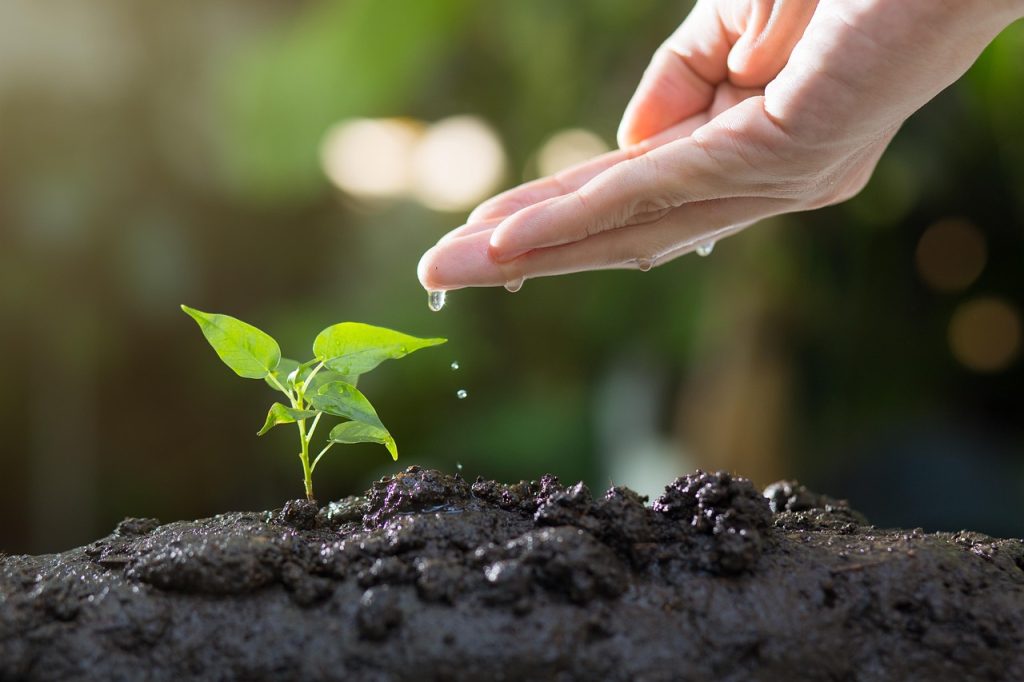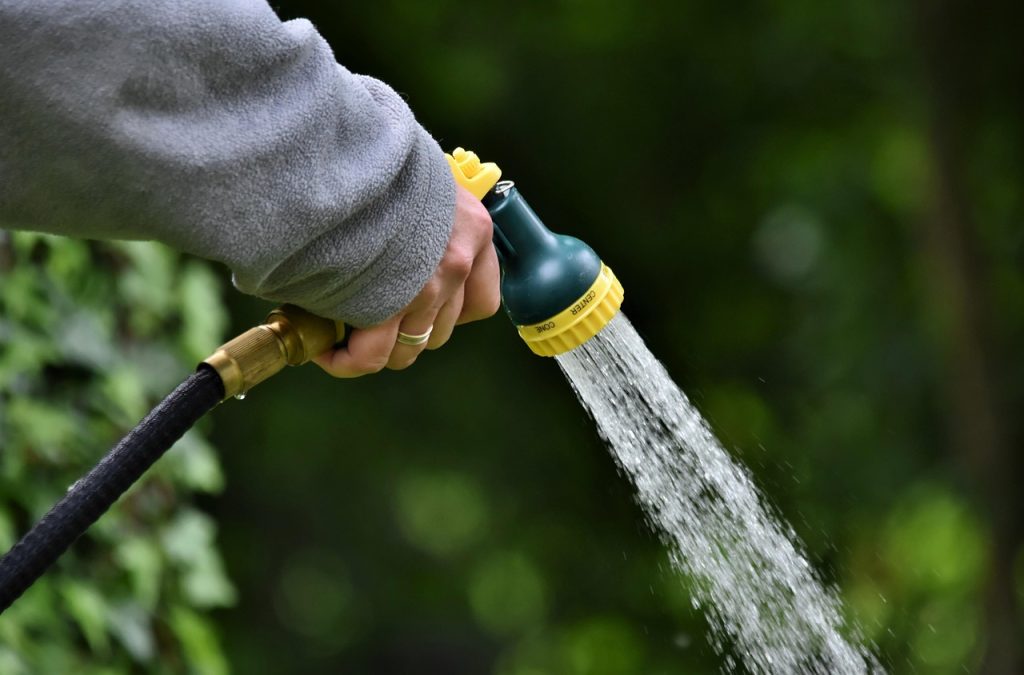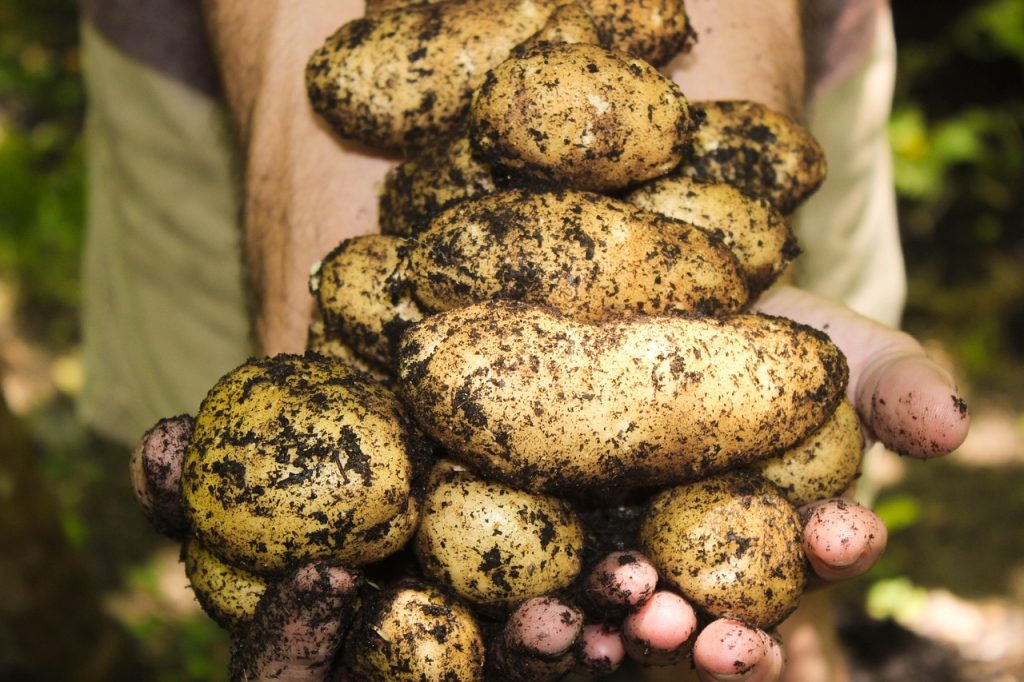Creating your dream garden is a rewarding journey that transforms any outdoor space into a tranquil oasis. Whether you’re a seasoned green thumb or a budding gardening enthusiast, having a clear plan is essential to bring your vision to life. With these expert tips and tools, setting up the perfect garden has never been easier. In this step-by-step guide, we’ll walk you through everything you need to know—from choosing the right plants and designing your layout to nurturing your garden for lasting beauty and health. Get ready to cultivate a vibrant, flourishing garden that you’ll love spending time in all year round!

1. Understand Your Space and Plan Your Layout
Before digging in, take some time to understand the space you’re working with. Measure your garden area and observe key factors like how many hours of sunlight different spots get, where water tends to collect, and what kind of soil you have. These details will shape the layout and health of your future garden.
To stay organized, try using a printable or digital garden planner. These tools help you sketch out where each plant should go, making it easier to balance beauty, sunlight, and practicality.
2. Choose the Right Plants for Your Climate
Success starts with choosing plants that suit your local conditions. If you live in a hot, dry climate, drought-tolerant plants will thrive. If your yard is shaded, look for shade-loving varieties. Think about your goals too — are you growing vegetables to harvest, flowers to admire, or herbs to cook with?
A quick online search or a gardening zone chart can help you determine which plants grow best in your region. You can also find climate-specific seed collections that take the guesswork out of it.
3. Prepare the Soil and Build Garden Beds
Healthy plants start with healthy soil. Start by testing your soil’s pH and nutrient levels using a soil test kit. This will help you understand what amendments your soil needs — such as compost, manure, or specific minerals.
If your soil is too rocky or poor quality, consider using raised garden beds. They offer better control over soil quality and are easier on your back, too! For smaller spaces, container gardening is a great option — and with the right planters, you can even turn a balcony into a lush oasis.

4. Plant Thoughtfully and Establish a Care Routine
Planting is more than just putting seeds in the ground. Each plant has specific needs in terms of spacing, planting depth, and watering. Take your time to read the instructions on seed packets or plant tags, and group plants with similar needs together.
To help stay on top of plant care, set reminders on your phone for watering and fertilizing. If you want to make it even easier, invest in self-watering planters or drip irrigation systems for hassle-free hydration.
5. Go Green with Sustainable Gardening
A truly great garden doesn’t just look good — it also supports the planet. Start by composting food scraps to reduce waste and enrich your soil. Collect rainwater in a rain barrel to reduce water usage. Avoid harsh chemical pesticides by using natural alternatives like neem oil and companion planting.
These eco-friendly choices not only help the environment but can also make your garden easier to maintain in the long run.
6. Monitor Growth and Address Issues Early
As your plants grow, pay attention to their appearance and behavior. Yellowing leaves, drooping stems, or stunted growth can all be signs that something is off — like overwatering, pests, or a lack of nutrients.
To catch problems early, consider using a 3-in-1 moisture, light, and pH meter. These handy tools help you keep tabs on your soil’s health and avoid over- or under-watering. If you run into trouble, don’t stress — plant problems are common, and there are plenty of resources and community forums that can help you troubleshoot.
7. Celebrate Your Progress and Share the Joy
Don’t forget to enjoy what you’ve created! Your garden is a reflection of your care and creativity, and even the smallest progress deserves celebration. Take photos, spend time outside, or invite friends and family to see what you’ve grown.

You can also harvest and share your bounty — whether it’s tomatoes for your salad or herbs for drying. Use a pretty harvest basket or start a journal to track your journey and keep notes for next season.
Conclusion: Your Garden, Your Legacy
Starting a garden may feel like a big leap, but it’s also a deeply personal and rewarding journey. With a bit of preparation, a sprinkle of patience, and the right tools, anyone can transform their space into something magical. And the best part? Gardening teaches you as much about yourself as it does about plants.
So whether you’re planting your very first seed or looking to expand your backyard oasis, now is the perfect time to dig in and start growing.
